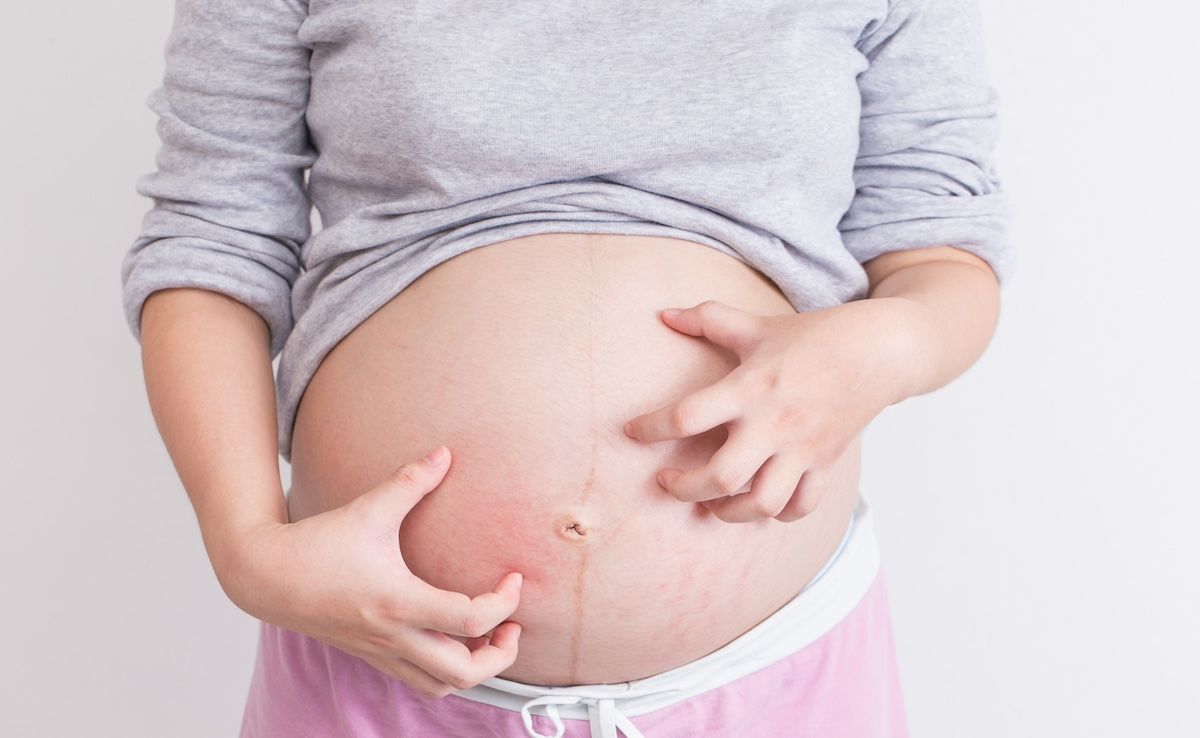Article
Patients Typically Satisfied With Outcomes of Surgery for Hidradenitis Suppurativa
Author(s):
Self-reported experiences among the patients showed that 76% of patients were extremely or very satisfied with their surgery and 58% of patients were satisfied with the appearance of their healed wound, despite a recurrence rate of 41%.
Patients receiving surgery for hidradenitis suppurativa (HS) tend to be satisfied with the procedure, the healing of their wound, and their recovery, according to a new retrospective study published in JAMA Dermatology.
The study included data on nearly 200 procedures from 78 patients who received surgery for their HS, a common chronic skin condition characterized by painful abscesses, nodules, sinus tracts, and scarring. While treatment typically consists of antibiotics, hormonal therapies, and tumor necrosis factor inhibitors, surgery is often used for addressing recurrent nodules and tunnels.
The recent findings add new and relevant insights into patient perceptions of surgery, as previous studies have either included mostly White patients or did not include mention of race or ethnicity despite HS being more common in Black patients. In the current study, more than half of patients were not White.
Self-reported experiences among the patients showed that 76% of patients were extremely or very satisfied with their surgery and 58% of patients were satisfied with the appearance of their healed wound despite a recurrence rate of 41%. Notably, the recurrence rate reported in the current study was higher than previous studies, which have reported rates of less than 5% to 25%.
Most patients said they were glad they had the surgery (86% of procedures), would recommend surgery to a friend (84% of procedures), would have the surgery again (84% of procedures), and believed the surgery met their expectations (81% of procedures).
Patients were able to return to work or school after a median of 2 days and were able to go back to their normal routine after a median of 10 days, shorter than previous reports of an average 1 to 4 weeks. Nearly three-fourths (74%) of patients said they were satisfied with the recovery time.
Patients were less likely to report being satisfied with their surgery if they were currently smoking, although smoking, diabetes, and obesity were not associated with missing more days of work or school, with returning to normal activity, or with time to complete healing.
“Although positive outcomes are crucial to judging surgical success, the morbidity associated with surgery and recovery is also important to understand in balancing risks and benefits. Most patients reported mild pain during the surgical procedure and mild to moderate pain during the first week of recovery,” noted the researchers, explaining that 77% of patients reported their recovery pain to be equal to or less severe than HS-related pain during flares. “This finding is important to consider because many patients and clinicians may hesitate to pursue surgery because of fear of discomfort, but most patients reported that the benefits outweighed the relatively tolerable procedure and recovery.”
Procedures performed among the patients included deroofing, local excision with closure, and local excision without closure. Patients who receiving a local excision without closure were more likely to report recurrence and to be less satisfied with their procedure.
Reference
Ravi S, Miles J, Steele C, Christiansen M, Sayed C. Patient impressions and outcomes after clinic-based hidradenitis suppurativa surgery. JAMA Dermatol. Published online January 5, 2022. doi:10.1001/jamadermatol.2021.4741





